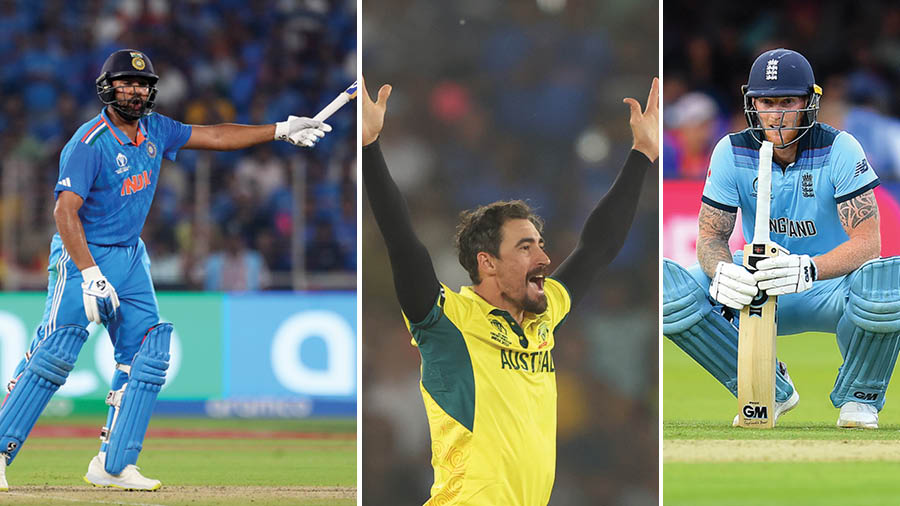
As the 2023 ICC Men’s Cricket World Cup heads towards its climax, My Kolkata selects the most decorated lineup of players that have played their last World Cup this time around in India, including the likes of Rohit Sharma, Mitchell Starc and Ben Stokes. And no, there is no Virat Kohli in this XI, for the simple reason that Kohli’s outrageous levels of fitness make him likely to play one more World Cup four years later
Getty Images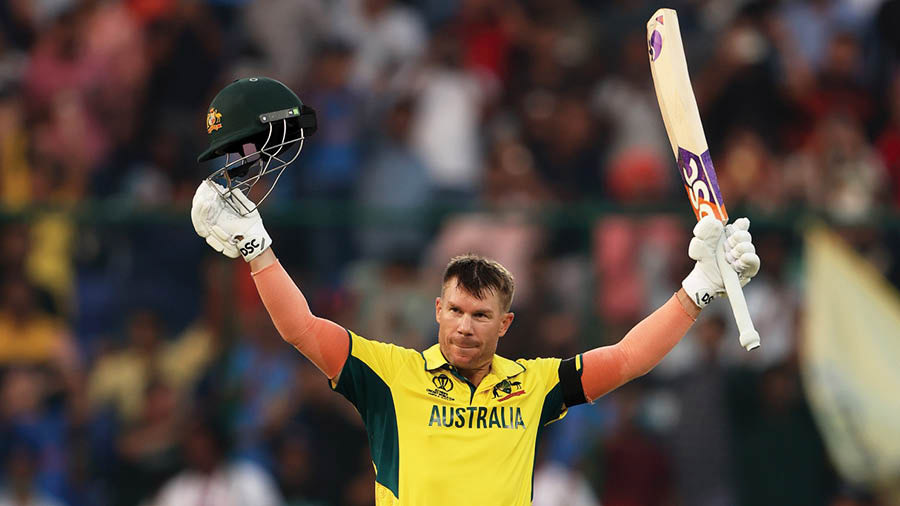
David Warner (Australia): Currently second on the list of batters with the most World Cup centuries with six (same as Sachin Tendulkar but in fewer games) Warner, at 37, is in his swansong tournament. With 1,520 runs at an average of 58.46 and a strike rate of 101.19, Warner is an all-time World Cup great, having won the title in 2015 on home soil as the second-highest run-getter for Australia. Touted to be out of form ahead of this edition, Warner has turned on the style in India so far with 528 runs and two smashing centuries
Getty Images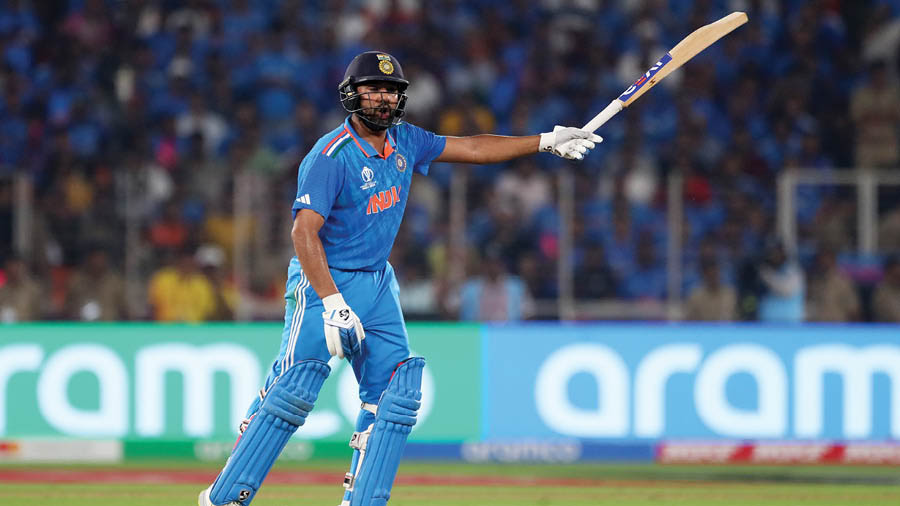
Rohit Sharma (India): No other player has scored more than 500 World Cup runs in consecutive editions. No other player has scored more World Cup centuries, either in a single edition (five in 2019) or overall (seven). No other player has hit as many as 51 World Cup sixes. But more than these records or the 1,528 World Cup runs Rohit has amassed at an average of 61.12 and a strike rate of 104.51, it is his selflessness in this year’s World Cup that may yet define his legacy. As captain, Rohit has cared little for personal milestones, using his rich vein of form to become the most aggressive opener in this year’s competition. All that remains is for the Indian captain to add the only major white ball trophy missing from his cabinet on Sunday
Getty Images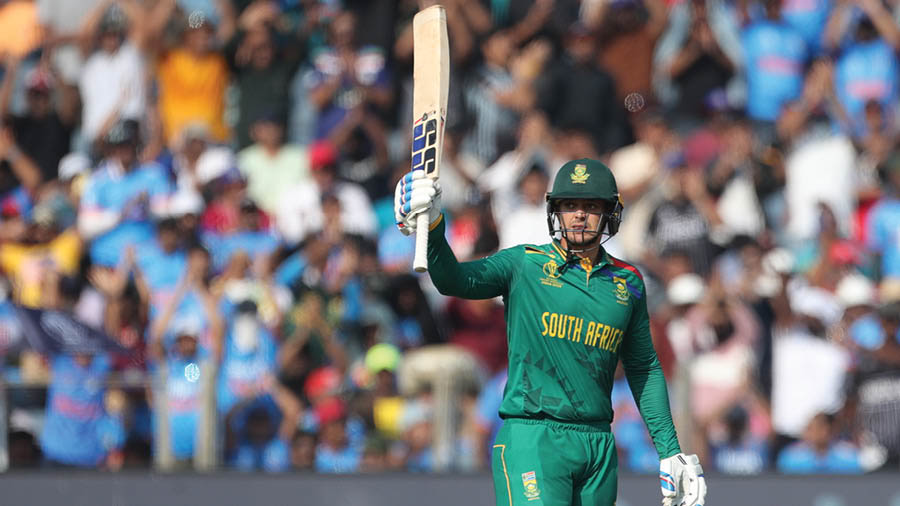
Quinton de Kock (South Africa): After a modest performance in 2019 and a shocking but not surprising decision to retire at the end of this World Cup, few would have expected de Kock to produce the tournament of his life in India. But that is precisely what the South African southpaw has done, pacing several of his innings to perfection to score 594 runs, with four centuries. This means that more than half of de Kock’s runs on the grandest stage have come in 2023 alone. At 30, de Kock had time on his side to return to the World Cup in his native land in 2027, but chose not to. Without him, South Africa are likely to lack dependability at the top and behind the stumps
Getty Images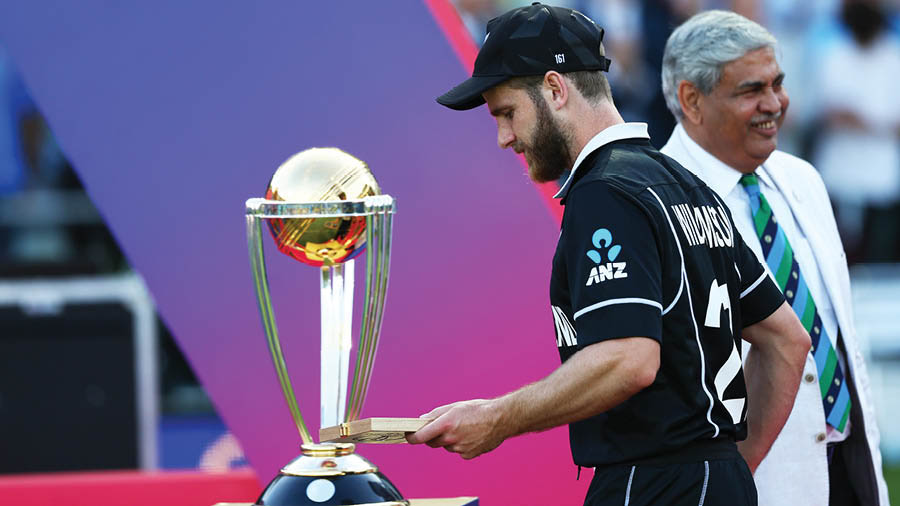
Kane Williamson (New Zealand): Few World Cup finalists have shown the grace and humour in defeat that Willamson did as the losing captain in 2019, congratulating England without brooding on the potential controversies. Four years later, Williamson and his Kiwis fell short once more in an injury-curtailed campaign for the Black Caps’ skipper. In the 27 World Cup matches he has featured in, Williamson has seldom been off-colour, piling on 1,167 runs at an average of 61.42 and a strike rate of 81.21. At 33, his monk-esque knock against India in Mumbai should be his last in World Cups, a fitting if not altogether fair, finale for one of the best of his generation
Getty Images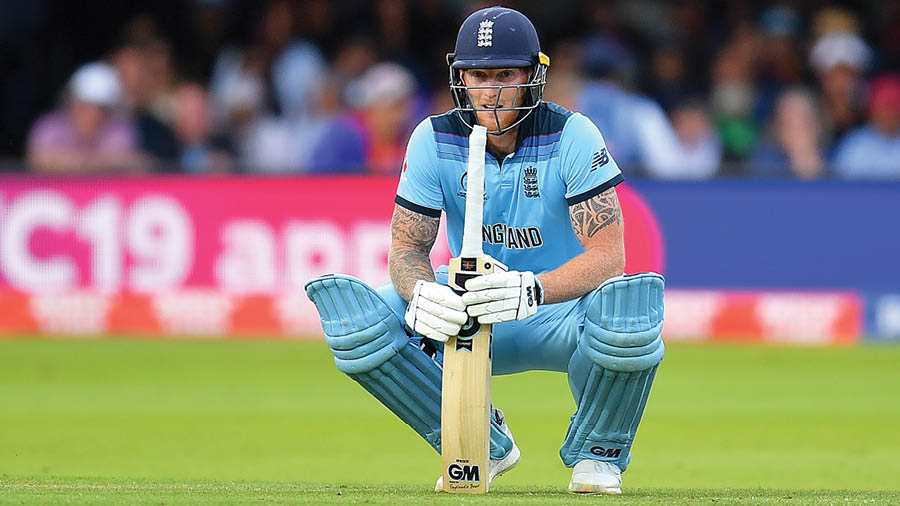
Ben Stokes (England): If one match alone could get someone into this team, it would be Stokes and his turn as Superman in the 2019 final at Lord’s. Stokes’s unbeaten 84 off 98 under the most intense pressure led to the super over that led to a tie that led to England becoming world champions on boundaries hit. This time around, Stokes played solely as a batter, contributing 304 runs in his six matches, including a potential farewell century against the Netherlands in Pune. There will always be conjectures as to whether a fully fit, all-rounder Stokes could have altered England’s dismal World Cup defence, but for the future of English cricket, it may not be a bad thing to look beyond the 32-year-old in the long run
Getty Images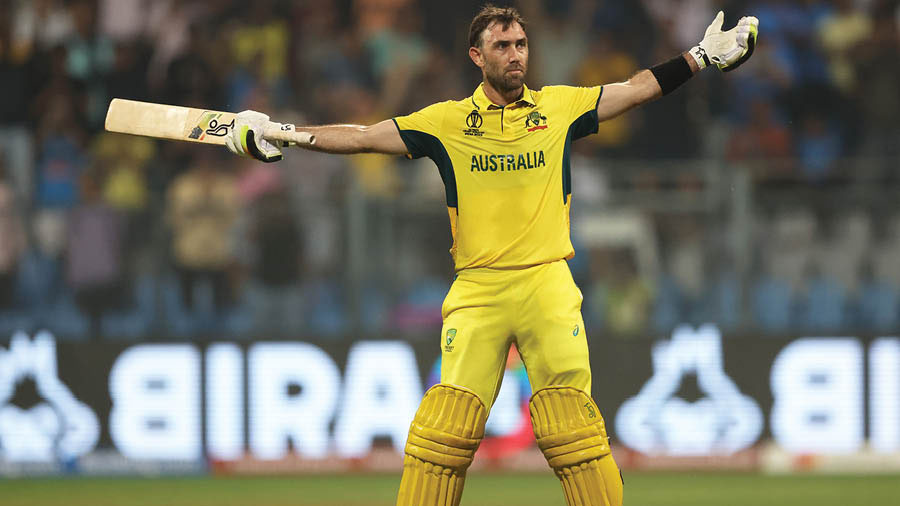
Glenn Maxwell (Australia): The ultimate entertainer, Maxwell, 35, booked his place into this team with the innings of a lifetime against Afghanistan, which many regard to be the greatest ODI knock of all time. Snatching victory from the jaws of defeat in Mumbai, Maxwell’s 201 not out was played with cramped legs and in a situation that seemed all but certain to end in an Aussie humiliation. Following that innings, it is easy to forget that Maxwell also scored the fastest century in World Cup history in Delhi earlier on in the tournament, which helped bolster his overall tournament tally of 899 runs at a mind-boggling strike rate of 160.24, with 11 wickets to boot
Getty Images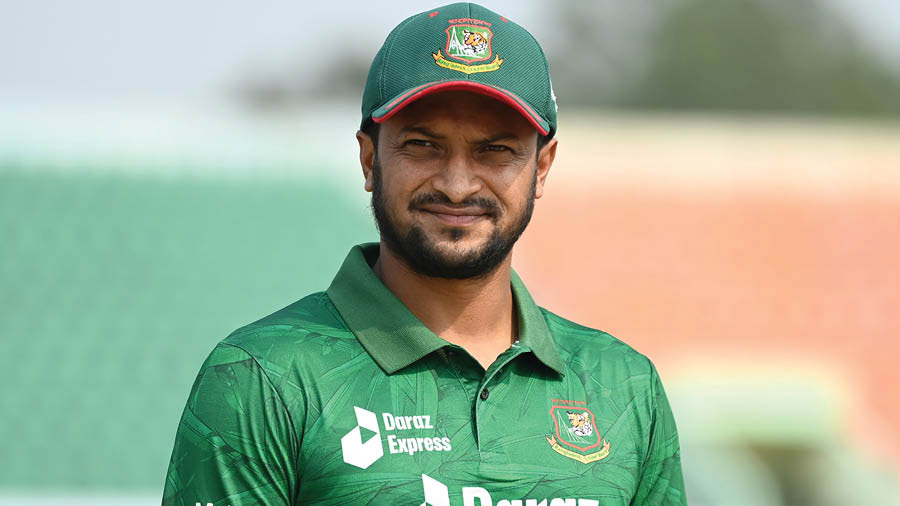
Shakib Al Hasan (Bangladesh): Yes, his World Cup legacy will forever be marked (and marred) by his decision to time Angelo Mathews out in Delhi. But that does not negate how Shakib has been one of the World Cup’s greatest all-rounders, as evident from his 1,332 runs at an average of over 40 and 43 wickets at an economy of just over five. A fixture at every edition since 2007, Shakib’s performances at World Cups have gone hand-in-hand with Bangladesh’s rise from minnows to one of the World Cup’s constants. Even though he will regret not going beyond the quarter-finals with his team (in 2015), Bangladesh will struggle to replace the 36-year-old’s all-encompassing impact in World Cup cricket
Getty Images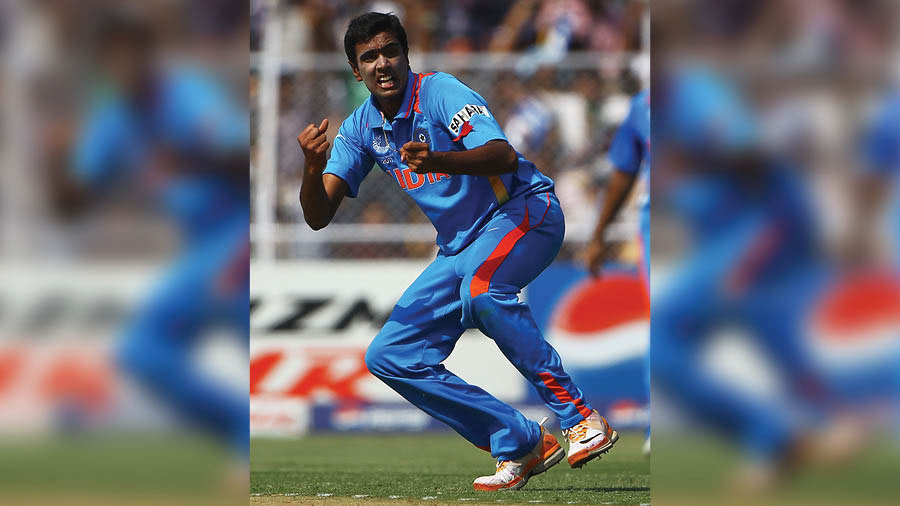
Ravichandran Ashwin (India): It seems an age ago that Mahendra Singh Dhoni drafted Ashwin into India’s starting line-up for a quarter-final clash against Australia and the off-spinner delivered for his captain. Since then, Ashwin has played only 10 World Cup matches. However, in keeping with his impeccable numbers, Ashwin has never failed to impress. With 18 wickets across four World Cup campaigns at a miserly economy rate of 4.27, including best figures of four for 25 vs the UAE, the 37-year-old has mostly warmed the bench in 2023. Then again, he already knows what it is like to be a world champion from 12 years ago
Getty Images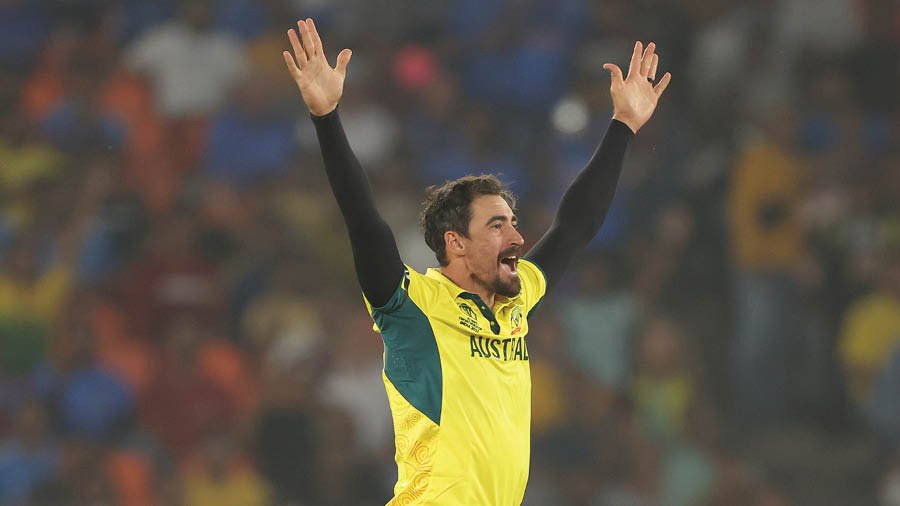
Mitchell Starc (Australia): Perhaps only Wasim Akram has had more iconic spells as a fast bowler in World Cup cricket than Starc. The 33-year-old was the leading wicket-taker in 2015 and 2019 and has 62 World Cup scalps till date, with the second-most five-wicket hauls with three as well as the same number of four-wicket hauls. Of all teams, Starc seems to have reserved his best against New Zealand in World Cup cricket, with his six for 28 in 2015 among the World Cup’s greatest-ever bowling performances. Come 2027, Starc, whose slowdown has been apparent at this World Cup, should most likely be retired from international cricket with a World Cup bowling CV that only Glenn McGrath can match among his compatriots
Getty Images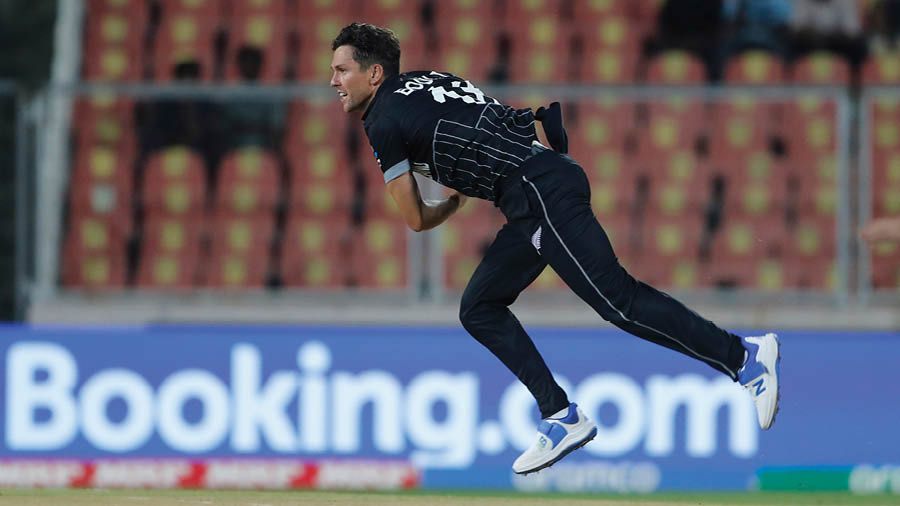
Trent Boult (New Zealand): With more wickets in World Cups than any other New Zealander, Boult has been one of the finest exponents of the new ball in World Cup history. Despite losing both the finals he has been part of, Boult’s 53 wickets at an economy of 4.92 are enviable numbers. He may not have had as many standout showings as most on this list, but Boult’s consistency and longevity make him a no-brainer in this team alongside the fact that he will be 38 by the time the next World Cup rolls around
Getty Images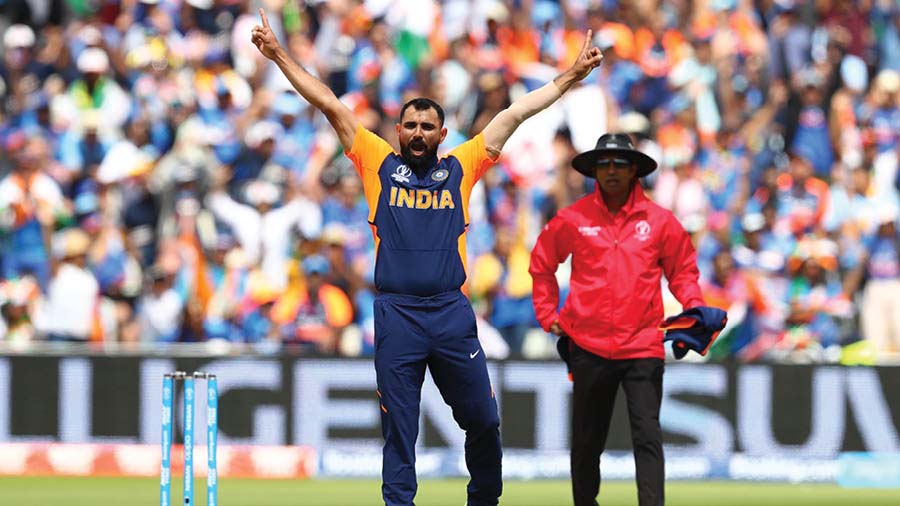
Mohammed Shami (India): It took Javagal Srinath and Zaheer Khan 34 and 23 games, respectively, to get 44 World Cup wickets. Shami has already claimed 54 in just 17 outings, including a match-defining seven wickets in the semi-final against New Zealand. With the lowest average of any bowler with at least 30 World Cup wickets, there is no question that the 33-year-old takes his game to the next level whenever he enters the fray in World Cups. Initially regarded as a back-up for 2023, Shami has forced his way into India’s starting lineup with a series of electrifying performances and may yet end the tournament as the highest wicket-taker of this World Cup along with a winner’s medal
Getty Images



